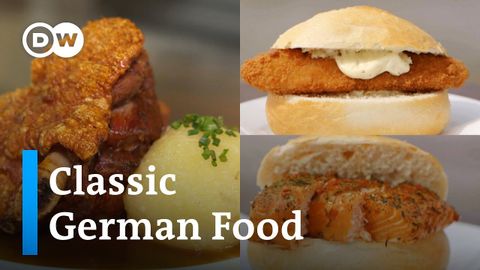不要只知道德國豬腳!這 5 種經典德國美食你一定要吃吃看! (5 classic German foods you should give a try)
VoiceTube 發佈於 2024 年 10 月 24 日  沒有此條件下的單字
沒有此條件下的單字US /ˈprɑsˌɛs, ˈproˌsɛs/
・
UK /prə'ses/
- v.t.用電腦處理(資料);(依照規定程序)處理;處理;流程;加工;理解
- n. (c./u.)(規定的)程序;過程;進程;方法;法律程序;進程
US /ˈpræktɪs/
・
UK /'præktɪs/
- n.(醫生;律師等的)業務;工作;練習;慣例
- v.t./i.(醫生;律師等)開業;實踐;練習;操練;實踐
US /ˈtɪpɪklɪ/
・
UK /ˈtɪpɪkli/
US /ˈstepəl/
・
UK /ˈsteɪpl/
- n. (c./u.)主食;主食;主要產品;釘書釘;必需品
- v.t.用釘書釘釘住
